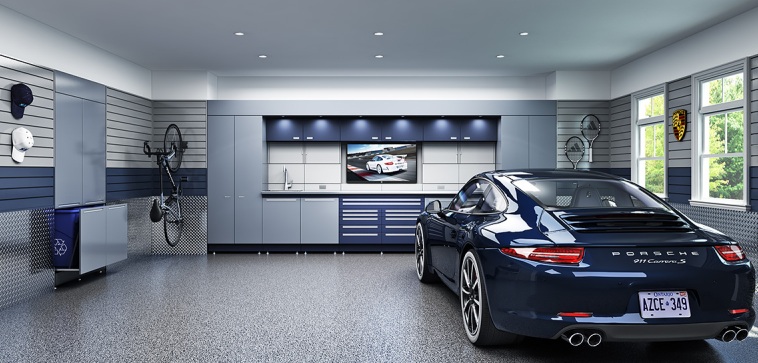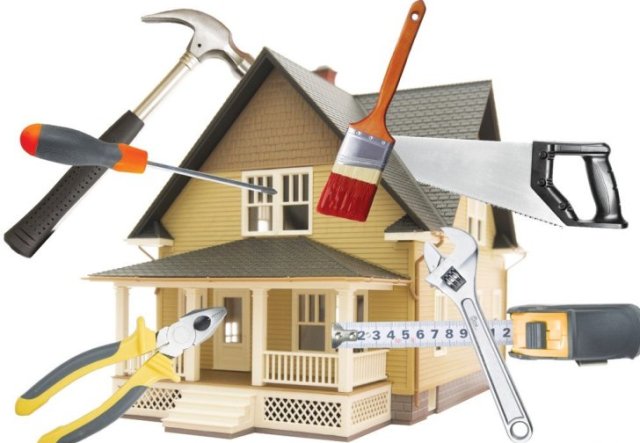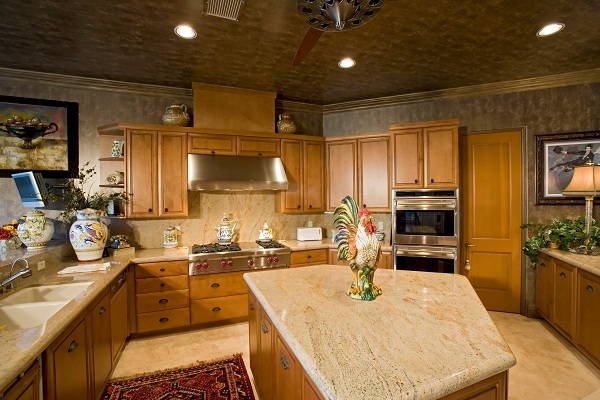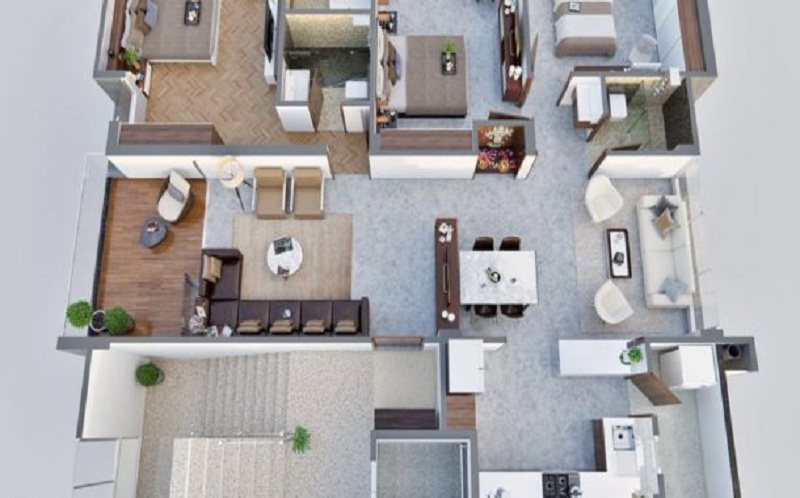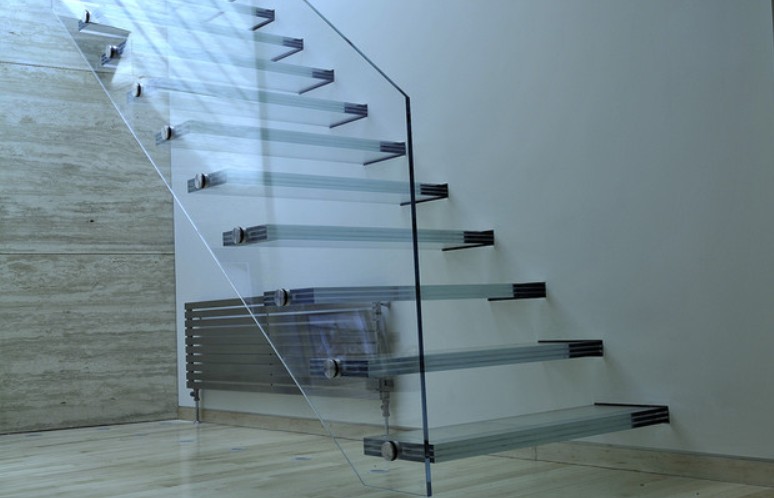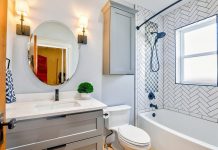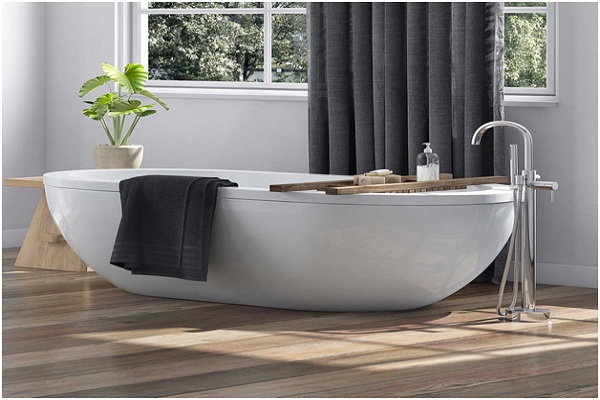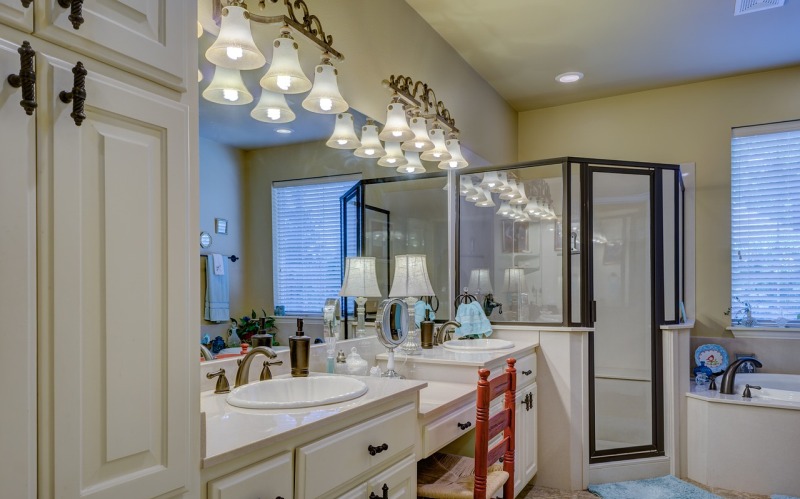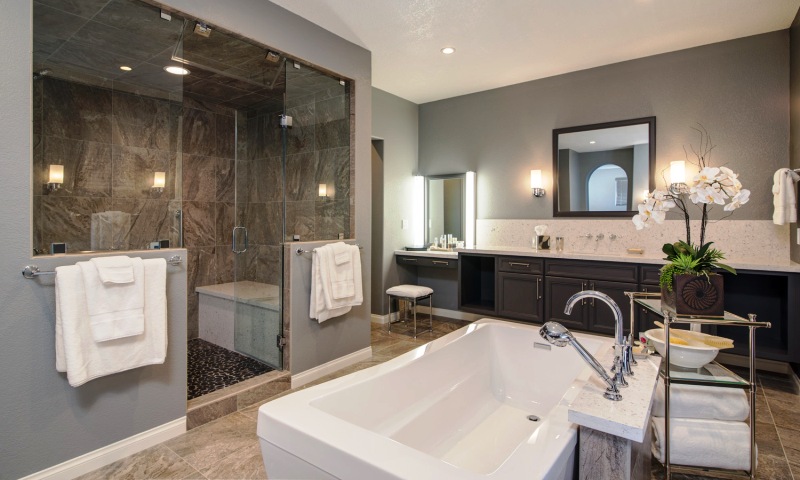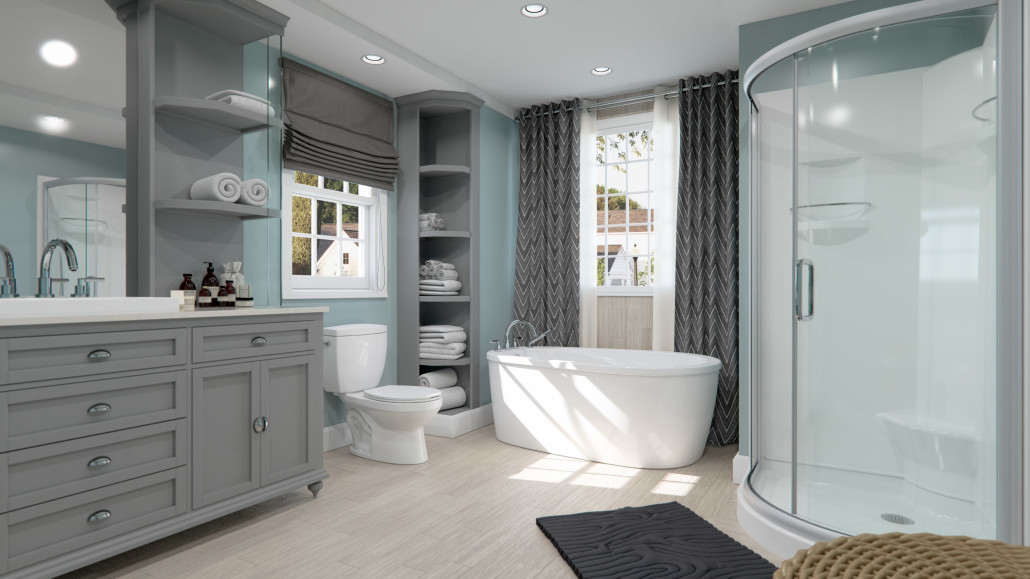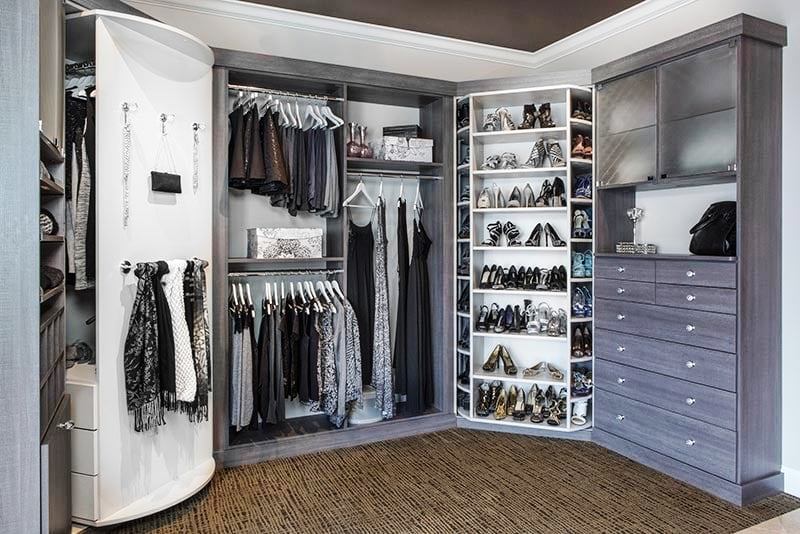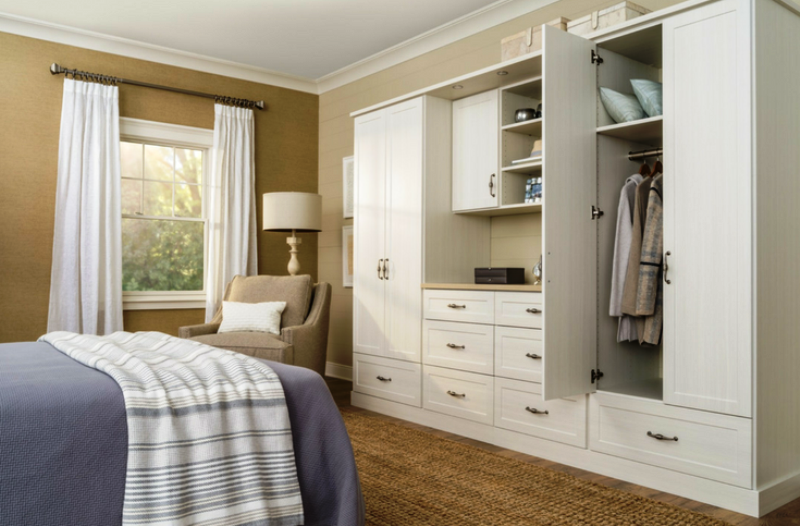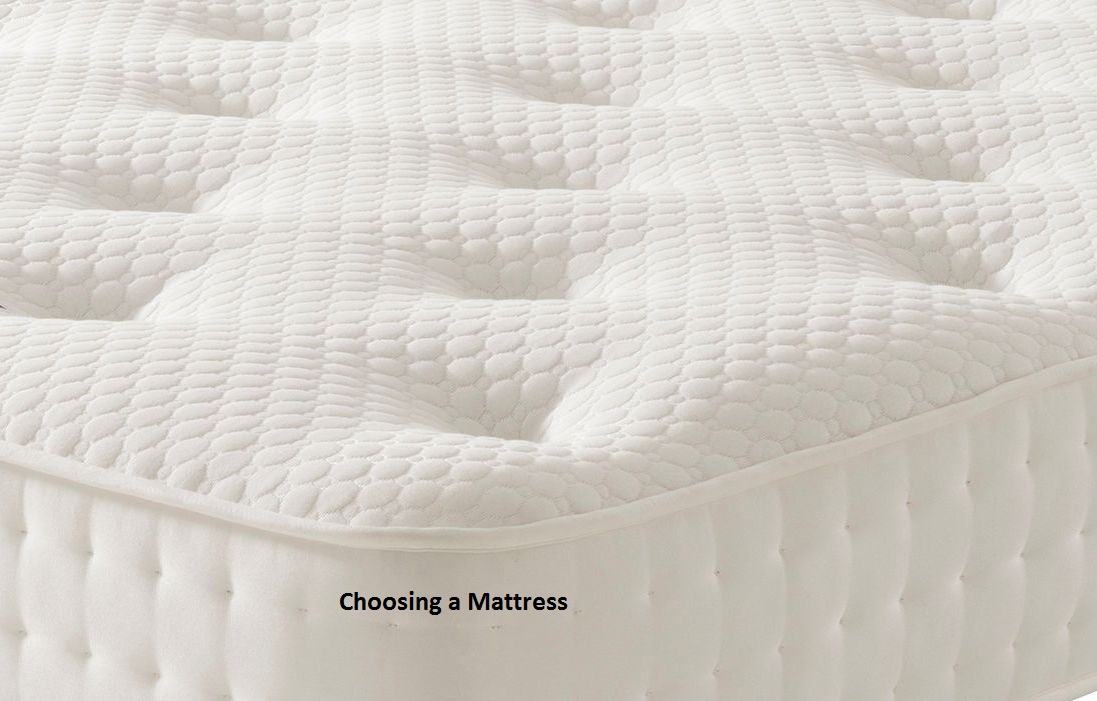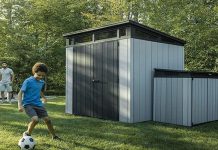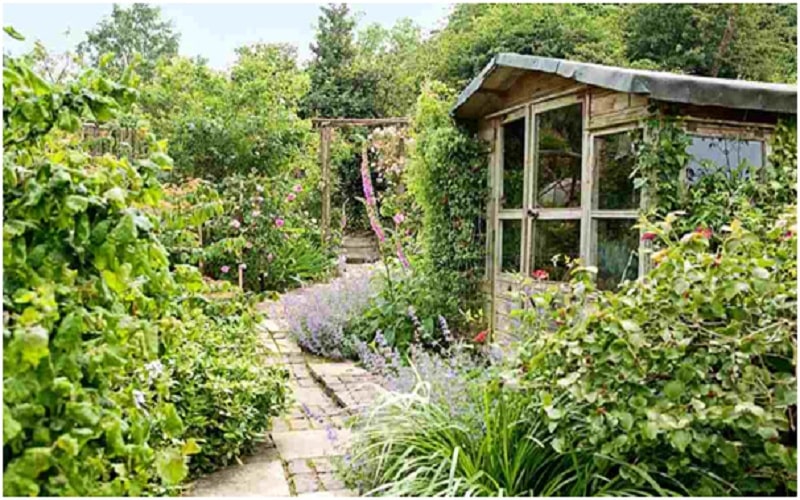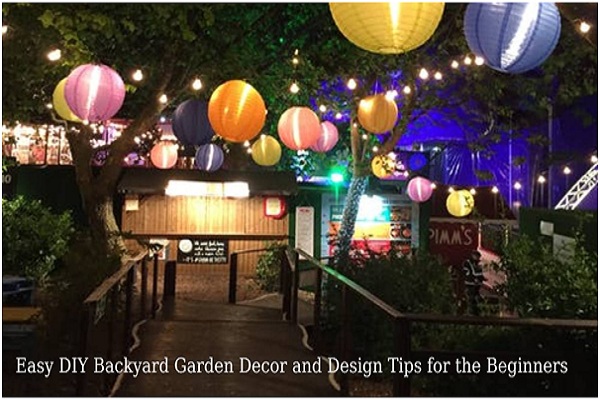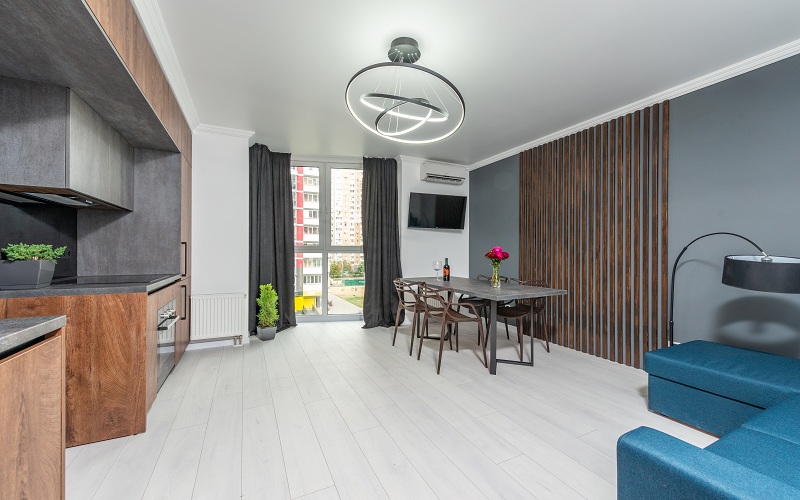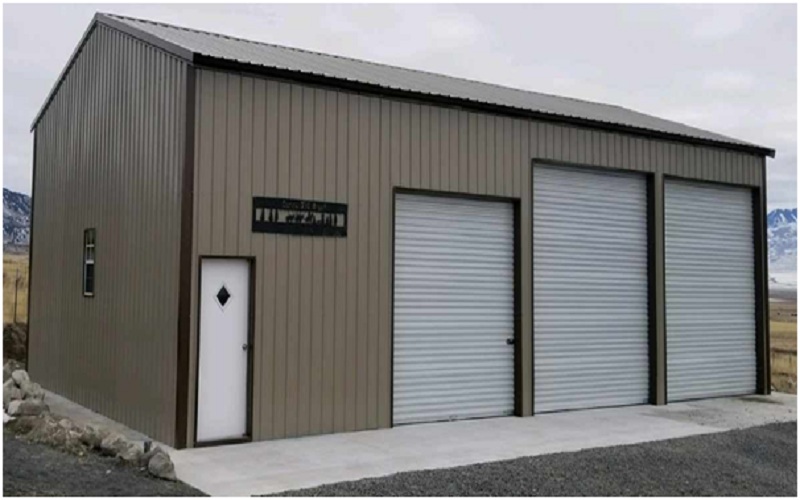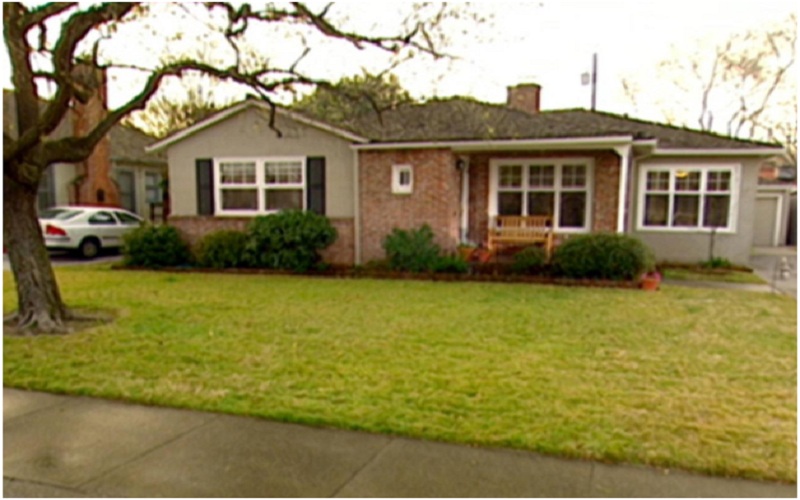Metal cabinets are an excellent way to organize your garage or workplace and free it from disorder. There are many different types of cabinets available on the market, and the most durable and appropriate of all these options are metal ones.
Determining which type of metal cabinet you need to buy depends on how you plan to use it. If your closet is intensive, everyday you will need some heavy duty. The blade should have solid welds, resilient hinges and weight storage capacity.
Aluminum Cabinets
If you are very worried about the rust, then the aluminum closets could be a better choice for you. They have a coated surface with a protective aluminum oxide finish. In addition, they are available in various colors. Whether it is powder coating, paint or aluminum oxide finish, these products require little maintenance and will be easy to clean.
Stainless Steel Cabinets
If you are looking for a more contemporary look, metallic stainless steel cabinets could be the solution for you. Depending on your activity level, these products may require some more effort to remove fingerprints – just like kitchen appliances. Stainless steel cabinets are strong, extremely durable and will serve you in the long run.
Now if you are DIY lover then this article will help you to know everything about it. Below are the steps to follow.
Step 1: Meet & Shop
Measure all parts of the cabinet (doors, back wall, door thickness, etc.) so that you can go shopping well prepared. Shop all materials together:
- Bed sheet (pin board) 200 × 90 cm (Praxis).
- TIP Have the plate cut to size after purchase in Praxis sawmill!
- Tool clamps, 3 bags in 3 different sizes (Praxis).
- Socket + loose cable (Praxis).
- Wooden rod (Karwei)
- Measuring tape (Jan de Grote Kleinvakman).
- 3x bowl Asker (Ikea)
- Magnetic board Spontan (Ikea).
- Wall lamp (Danish) or other lamp with plug.
Step 2: Assemble the pin board
Paint the pin board before assembling with primer. Mount the board on the inside of the door. Use short screws for this. Make sure that the screw of the doorknob falls exactly into a hole. Determine which tool will be hung on the board, and choose the right size of tool clamps. Screw the clamps into the board with a small screw.
Step 3: Mount magnetic board
Measure at the back of the magnetic board and check at which height the suspension system is located. How many cm from the top and how many cm from the side? Mark this on the back wall of the cabinet. Drill the screws a cm lower than you have signed off, otherwise you have no space to get the board in between.
Step 4: Hanging up trays
Determine the height where you want the containers. Measure the width of the trays so that you can take this into account when determining the distance between the screws. Screw the screws a little diagonally in the door so that the trays do not slip off the screw.
Step 5: Hang up the rod
Measure the width of the cabinet. Cut the rod a few mm wider than you measured. In this way the rod remains suspended between the cupboard walls without a suspension system, and you can easily release it to replace a roll of tape. You can also opt for a curtain rod with hanging system.
Step 6: Measuring tape
Measure the width of the front of the desktop. Cut the measuring tape to size. Stick it with the glue and let it dry well.
Step 7: Mount the wall socket and light
Determine where you want the socket; do not fix it on the wall yet. From the point where the socket comes, let the cord run down. Drill where the cord ends, a hole in the back of the cabinet. Pull the cord through this, with the plug on the outside of the case. Now mount the socket according to the operating instructions on the cable. Attach the socket to the wall with double-sided tape. In this way you get it from the cupboard wall in the event of a defect, it is more difficult with glue. Plug the plug on the outside of the box into the wall socket or an extension cord. Determine the location of the lamp, and mark it on the wall. It is useful if you do this on the same side as the socket. Remove the back plate from the lamp and fix it with 4 short screws on the wall. Place the rest of the lamp on the back plate and tighten the nuts on the lamp. Turn it into a low-energy light, plug it in and get it ready.
Now that the tool cabinet is ready, you can divide it. You can organize all the tools in the cabinet.




